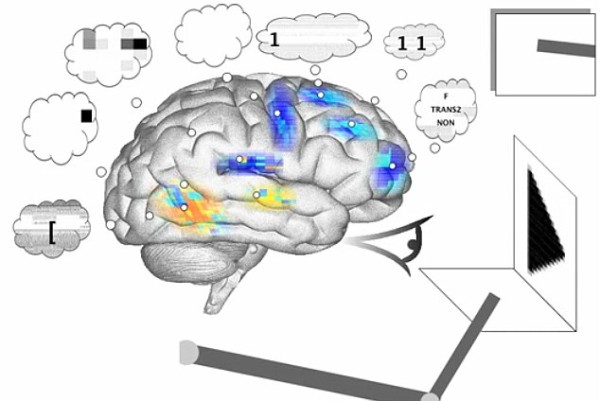You might have heard that a team of scientists at the University of Waterloo has created the world’s largest virtual brain called Semantic Pointer Architecture Unified Network, in short SPAUN. SPAUN is able to simulate complex brain behavior and is capable of thinking, remembering, seeing and interacting with the environment using a mechanical arm. The latest news is that SPAUN has proved to be intelligent to; it has also passed IQ tests usually taken by human to measure their intelligence level.
SPAUN contains 2.5 million simulated neurons. It can recognize numbers, remember and translate lists, and write them down later, when it is stimulated. In other words, SPAUN’s 2.5 million neurons can mimic our own brain’s structure. Along with the help of a prefrontal cortex, basal ganglia, and thalamus, SPAUN can ‘think’ about the surrounding environment and respond to the patterns. Here’s a video.
But how is it possible? Well the mystery lies behind its technology. SPAUN receives its visual input through a 784 pixel digital camera which is relayed to its ‘thalamus’. The thalamus of this virtual brain processes the data it receives just like human brain does. When the data are processed, they are stored in SPAUN’s neurons. Later the data goes to basal ganglia that decides what the response should do.
However, using this complex system, SPAUN has successfully passed a number of IQ-tests. At present, SPAUN exists in the simulated world inside a computer. No doubt, it is one of the most advanced artificial brain ever created by scientists to understand how a human brain functions. Chris Eliasmith is hoping that SPAUN will reveal very important information of human brain like what happens when parts of the brain stop functioning.
[ttjad keyword=”processor”]




